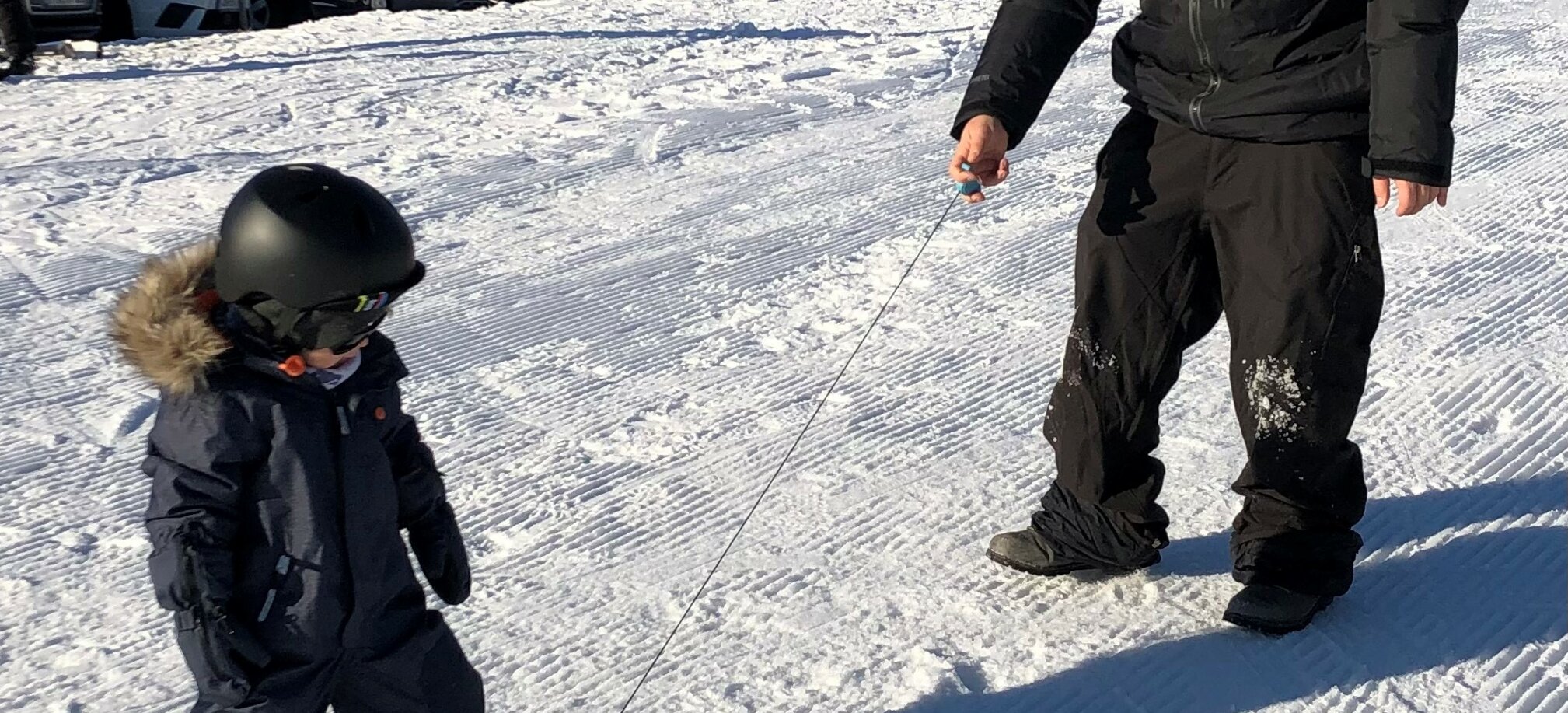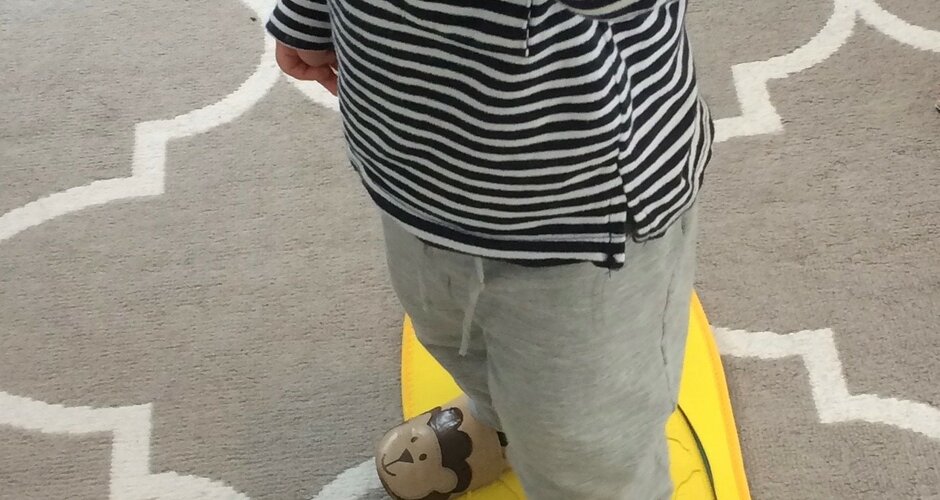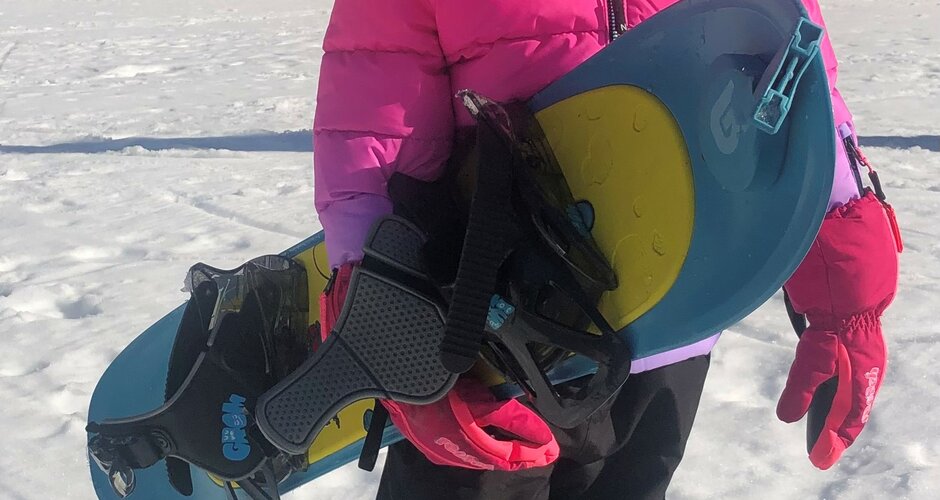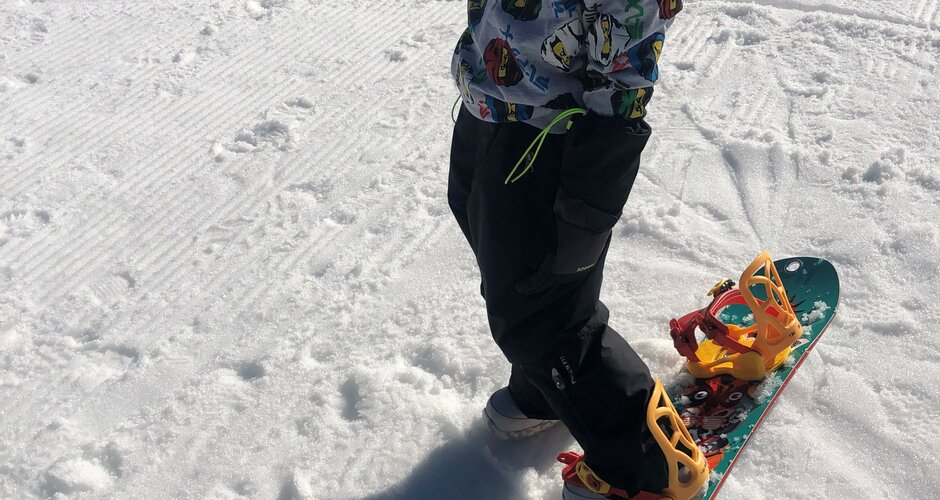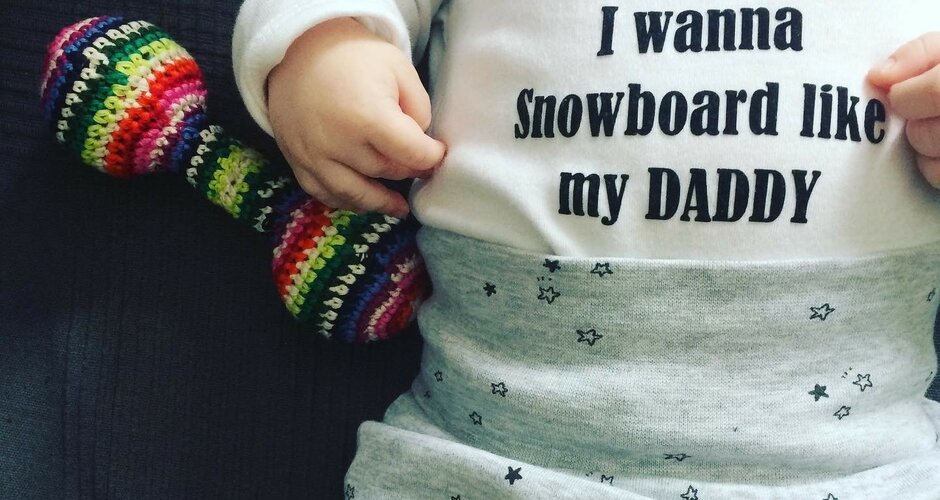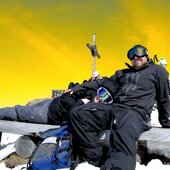In general - as with all other sports - take your time, start the activity with fun and without great expectations and enjoy the time with your family. Everyone learns at a different pace and the first impressions when learning something new are crucial for later motivation and success.
Burton Riglet
It is a small, edgeless snowboard made of hard plastic with an integrated rope pull (video at the end of the blog) with the help of which you can pull the child on smooth surfaces, e.g. carpet and flooring, grass or snow: Carpet and flooring, grass or even on snow. The Riglet can also be used at home all year round, regardless of the weather. Your child will learn the basics, such as how to move sideways or adopt a stable position.
Skateboard
Even without snow, the skateboard is still an ideal way to practise snowboarding in dry conditions and almost all year round. It promotes balance, trains position and allows children to get a feel for turn initiation and edge control.
First steps in the snow
As with learning to ski, the top priority is to choose the right terrain. Ideally, you should find terrain that is slightly inclined and then flat. For the first "steps" on the board, a flat surface is enough to get used to the board while standing: Getting in and out of the bindings, edging up the board on one leg, the first jumps and grabs while standing or the first steps prepare us well for riding the lift. If you manage to push with your back leg and glide the first few metres, you will soon feel a sense of achievement. Various child-friendly exercises when gliding (elephant/mouse movements, fat grabs, balancing snowballs or shooting dad off with them when gliding past, etc.) mean that the first lift ride will no longer intimidate anyone. The more time is invested here and a good feeling and a solid position (evenly flexed joints, weight distribution over the centre of the board and full sole stance as well as nose to nose) are developed, the better prepared everyone is for further experiences.
This is usually followed by riding the lift or looking for steeper terrain (not too flat), getting into the rear binding for the first time and starting to slide down the piste evenly in the fall line on both sides. A few games (e.g. target slides, command X or snail race -> last one standing wins) offer variety and unconsciously lead the kids to the skills they will need for the rest of their snowboarding lives. Once they are able to slide zig-zag a little, they can try out their first turns - but your kids will need flat terrain again and ideally someone with many years of snowboarding experience to support and help them. Trained snowboard instructors are particularly good at this.
Snowboard lessons
As in other blog posts, the advice here is the same: get professional support. Snowboard instructors are well trained and can provide effective support and cater to your children's individual needs. In group courses or snowboard camps, children can get a taste of the sport with other snowboard enthusiasts. You can find all ski and snowboard schools at a glance on skiamade.com.
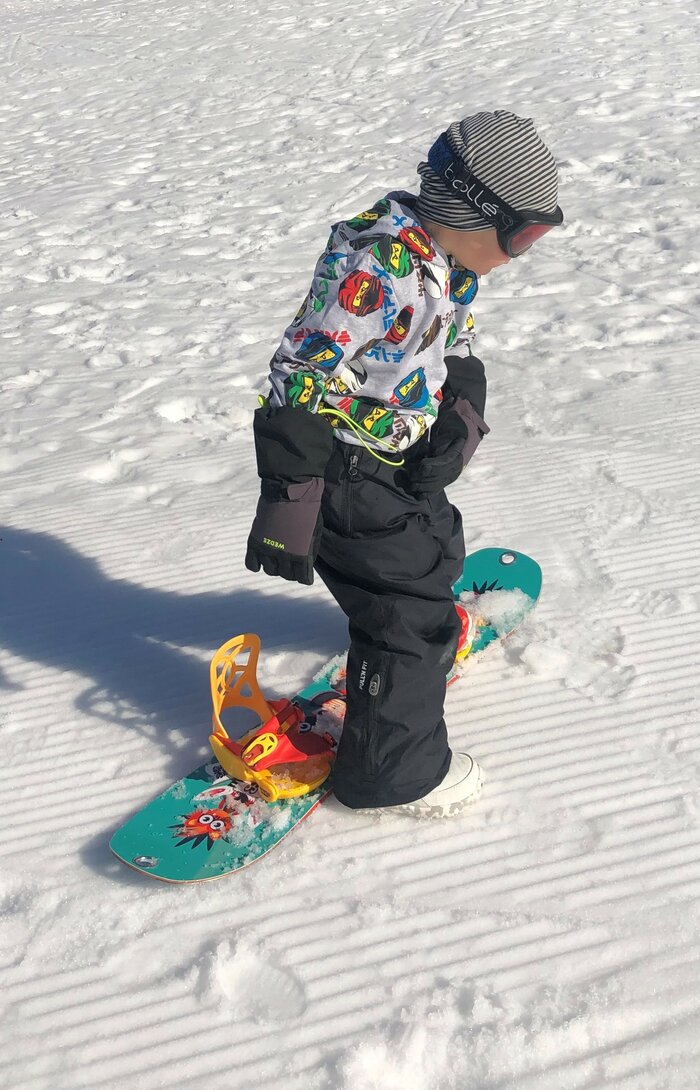
These tips can gently introduce your kids to snowboarding and you can awaken their enthusiasm for the sport while gaining valuable experience together. Remember that having fun and spending time together on the piste is at least as important as learning the technique. Don't put any pressure on yourselves, just enjoy your time together on the board that means the world to some.
